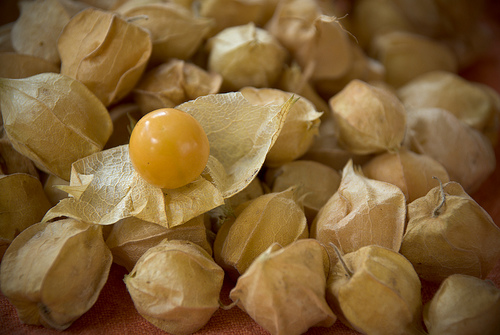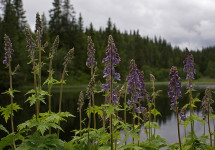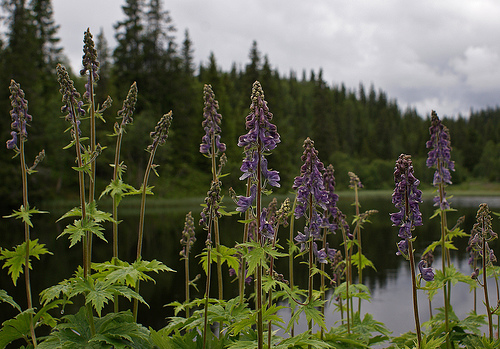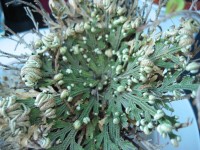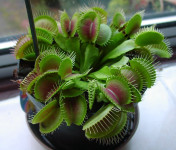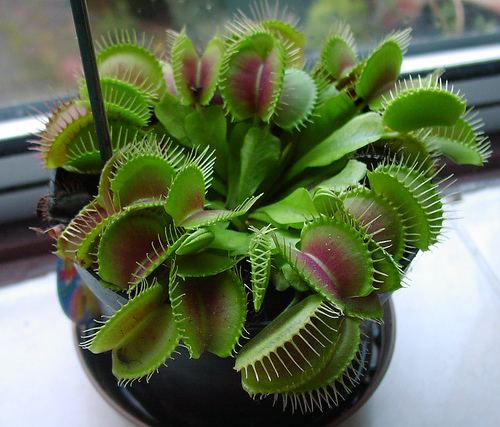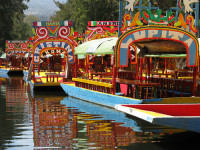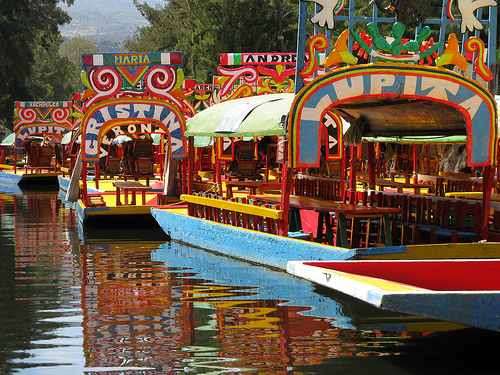
The Cape gooseberry is not a gooseberry, nor is it from the Cape district in South Africa!
- A Cape gooseberry is a species of tomato-like fruit, that originated in South American countries including Brazil, Chile, Peru, Ecuador and Columbia.
- ‘Cape gooseberries’ are also known as ‘Physalis’, ‘giant groundcherries’, ‘golden berries’, ‘Aztec berries’, ‘African ground cherries’, ‘Peruvian groundcherries’, ‘husk cherries’, ‘Inca berries’, ‘Peruvian tomatoes’, ‘Peruvian cherries’, ‘poha berries’, and many other names.
- The plant that the cape gooseberry grows on has the scientific name Physalis peruviana, from the family Solanaceae, the family of nightshades; and it is similar to other edible fruits that grow in a similar form in the Physalis genus, like the tomatillo, husk tomato and other groundcherries.
- The Cape gooseberry fruit is contained inside a dry, leaf-like receptacle known as a ‘husk’, that is something comparable to a lantern in shape.
- Cape gooseberries typically have smooth, glossy skin that is orange or yellow when ripe, with juicy flesh the same colour; and they are green when unripe.
Cape Gooseberry
Image courtesy of Pen Waggener/Flickr
- The Cape gooseberry can be eaten fresh, dried or cooked, often in Mexican cuisine; made into jams, pies or other desserts; and added to salads.
- Cape gooseberries have a sweet to tangy taste with a fruity flavour, and a sweetness that is greater than tomatoes; though they should not be eaten when unripe, as they tend to be poisonous.
- The shape of a Cape gooseberry is spherical, and the fruit generally ranges from 1 to 3 centimetres (0.4 to 1.2 inches) in diameter, and the pulp contains many small edible seeds.
- Cape gooseberries are a good source of vitamin C, vitamin A and niacin, and they contain a number of other vitamins and minerals.
- Cape gooseberries generally fall to the ground before they are ripe, and they can be stored for many months in their husk.



